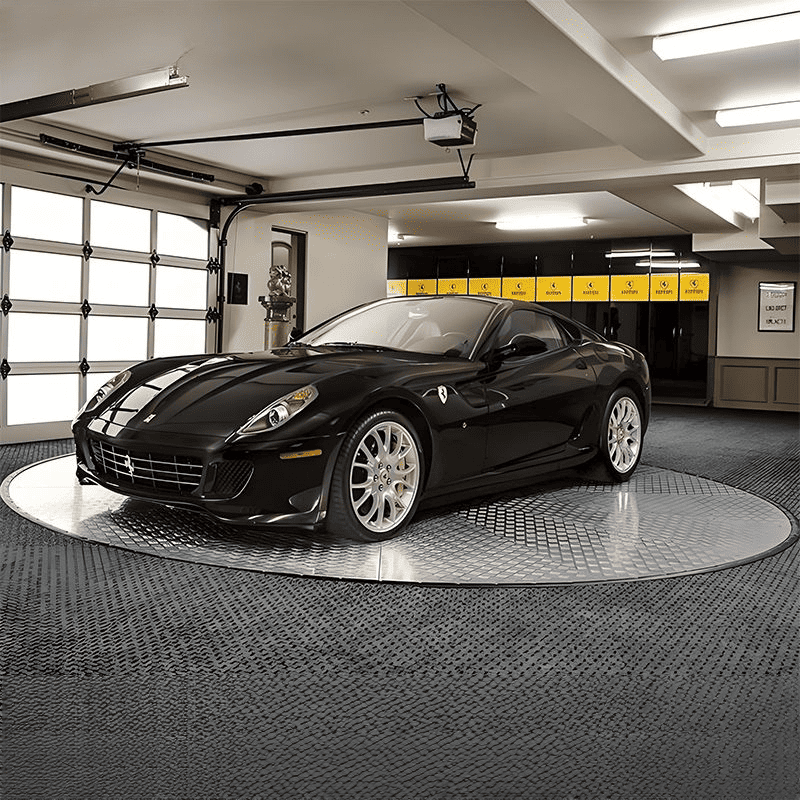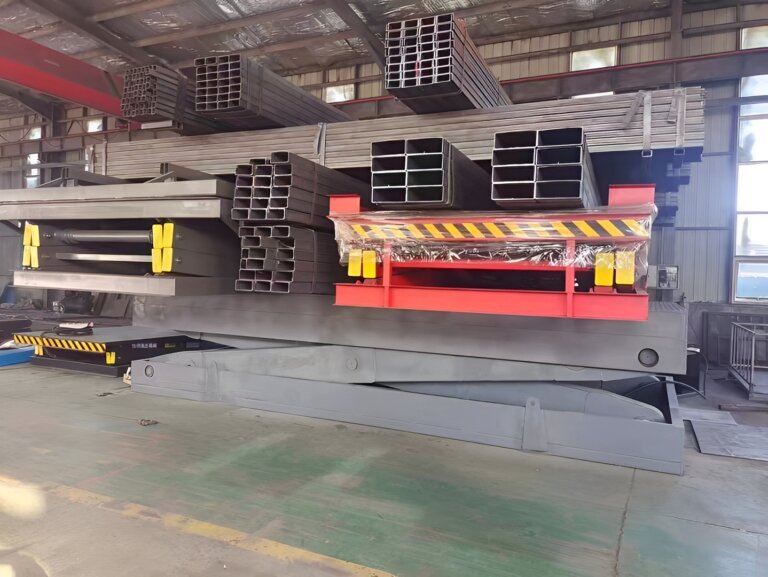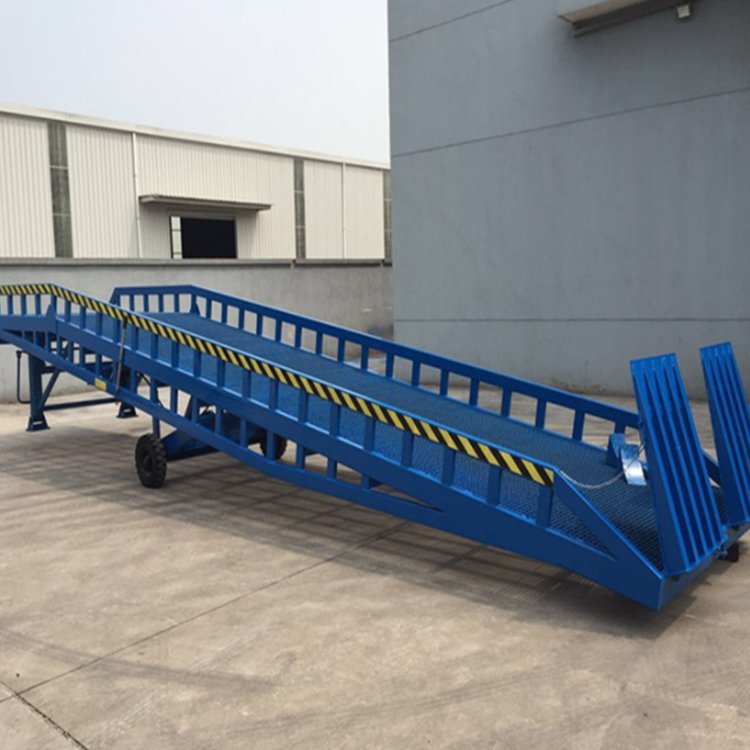I. Introduction to the Lifting Rotating Stage
The lifting rotating stage is a stage equipment integrating both lifting and rotating functions. It can perform lifting and rotation simultaneously. It can be combined with telescopic stages and stepped stages to form multi-level stage arrangements.
Applicable Scope: Suitable for dancing halls, theaters, and broadcasting studios.
Main Components: Upper and lower frames, scissor arms, cross beams, hydraulic cylinders, rotating frames, rotating systems, rollers, rotating tracks, hydraulic stations, electrical control boxes, etc.
Applications: Mainly used in dancing halls, theaters, and broadcasting studios.
II. Applications
The telescopic stage is suitable equipment for auditoriums, theaters, multi-function halls, studios, and cultural and sports venues. It employs an effective guiding system to minimize gaps between the telescopic platform and fixed stage during horizontal movement, ensuring smooth operation, infinitely variable speed, and synchronous operation. It adopts a low-speed, high-torque drive mechanism, ensuring absolute parallelism during telescoping, smooth motion, and automatic leveling once fully extended.
It can also be arranged in stepped, multi-scenic, and multi-level configurations, creating a group of elevating platforms. Within its range of travel, it can form various levels of steps, enhancing the multifunctional effects of the stage.



III. Functions
Rapid Scene Changes: The main elevating platform set up in the main performance area of the stage is primarily used for rapid scene changes. In typical “Pin” shaped stage arrangements commonly used in theaters and dance theaters, the main elevating platform works together with side and rear carriage-mounted rotating platforms to quickly change entire or partial scenes. This unloading mechanism allows quick transitions among three complete sets of scenes.
Meeting Stage Technical Arrangement Needs: In “Pin” shaped stage arrangements commonly used in theaters and dance theaters, auxiliary elevating platforms are typically arranged at the front, rear, left, and right sides of the main stage elevating platform. Side and rear auxiliary elevating platforms facilitate the smooth operation of side carriage-mounted and rear carriage-mounted rotating platforms. The front auxiliary elevating platform positions the rear carriage-mounted rotating platform close to the stage mouth. The leveling elevating platforms beneath the side and rear carriage-mounted rotating platforms level the stage surface after these platforms are moved, eliminating height differences to ensure performer safety.
Meeting Stage Design and Production Requirements: In different performances, according to the stage design and director’s requirements, the elevating platform can adjust its height to change the shape of the stage, meeting the scene or space requirements of the plot, thus saving manpower and material resources for scenery construction. The inclined device of the elevating platform can form sloped surfaces, highlighting perspective effects in various performances.
Creating Special Atmospheres and Effects Based on Plot Needs: Since the emergence of stage machinery, even the simplest stage equipment has been commonly used in performances to create special atmospheres and effects according to the needs of the plot. For example, the slow descent of the elevating platform can simulate a sinking ship, while trapdoors and actor elevators on the platform can represent sudden appearances and disappearances.
Changing Stage Forms According to Different Performance Styles: For example, orchestra pit elevating platforms can combine a proscenium stage with large apron stages or thrust stages. In experimental theaters, elevating platforms enable multiple stage forms such as end-stage, thrust stage, island stage, central stage, T-stage, or hall stage.
Using Elevating Platforms as Storage for Performance Carpets and Soft Scenery Pieces: In some theaters, dedicated elevating platforms are positioned appropriately to store stage carpets and soft scenery pieces.
Using Elevating Platforms as Vertical Cargo Transportation Tools: Many theaters install scenery container transport elevating platforms at the rear or sides of the main stage to vertically transport items from the ground to designated positions or the stage surface. Orchestra pit elevating platforms are also commonly used for transporting movable seats.







